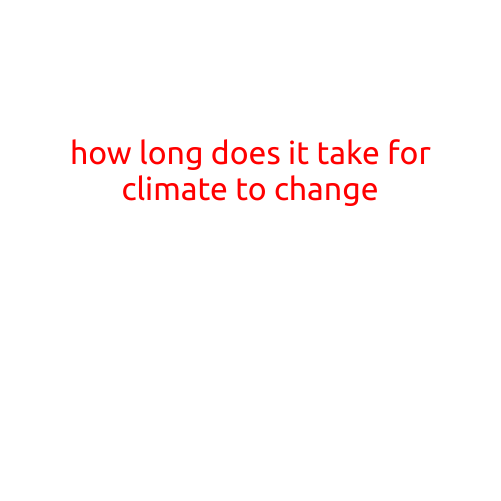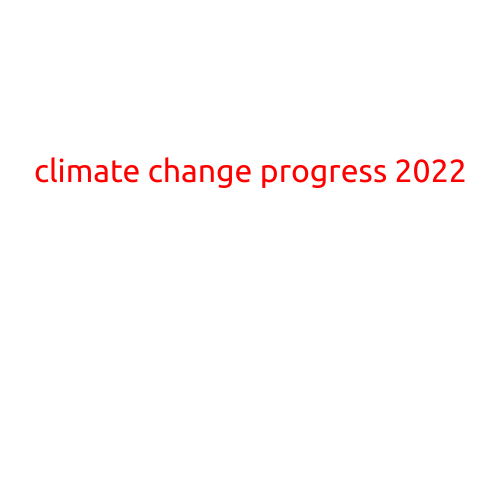
KWL Climate Change: Understanding the Urgent Issue
Climate change is one of the most pressing issues of our time, with far-reaching consequences for our planet, its inhabitants, and future generations. In this article, we will delve into the significance of climate change, its causes, effects, and potential solutions.
What is Climate Change?
Climate change refers to the long-term warming of the planet, which is primarily caused by human activities that release greenhouse gases, such as carbon dioxide, methane, and nitrous oxide, into the atmosphere. These gases act like a blanket, trapping heat from the sun and leading to a rise in global temperatures.
Why is Climate Change a Growing Concern?
Climate change is not just a theoretical concept; it is a real and pressing issue with significant consequences. Some of the key reasons why climate change is a growing concern include:
- Rising sea levels: Melting glaciers and ice sheets are causing sea levels to rise, leading to coastal erosion, flooding, and saltwater intrusion into freshwater sources.
- Extreme weather events: Climate change is linked to an increase in extreme weather events, such as heatwaves, droughts, and heavy rainfall, which can have devastating impacts on communities and ecosystems.
- Water scarcity: Changes in precipitation patterns and increased evaporation due to warmer temperatures can lead to water scarcity, affecting agriculture, industry, and human consumption.
- Loss of biodiversity: Climate change is altering ecosystems, leading to the extinction of many plant and animal species, and disrupting delicate ecosystems.
What are the Causes of Climate Change?
The main causes of climate change are:
- Burning fossil fuels: The combustion of fossil fuels, such as coal, oil, and gas, releases large amounts of carbon dioxide into the atmosphere.
- Deforestation: The clearing of forests, mainly for agriculture and urbanization, releases stored carbon dioxide into the atmosphere and reduces the ability of forests to absorb carbon dioxide.
- Land use changes: Changes in land use, such as agriculture, urbanization, and infrastructure development, can lead to the release of stored carbon into the atmosphere.
- Population growth: The growing global population is increasing energy consumption, agriculture, and other activities that contribute to greenhouse gas emissions.
What can be Done to Address Climate Change?
While climate change is a daunting challenge, there are many ways to mitigate its effects and transition to a more sustainable future. Some potential solutions include:
- Transitioning to renewable energy: Shifting from fossil fuels to renewable energy sources, such as solar and wind power, can significantly reduce greenhouse gas emissions.
- Increasing energy efficiency: Improving energy efficiency in buildings, transportation, and industry can reduce energy consumption and greenhouse gas emissions.
- Electrifying transportation: Converting to electric vehicles and public transportation can reduce emissions from transportation, one of the largest contributors to greenhouse gas emissions.
- Carbon capture and storage: Developing technologies that capture and store carbon dioxide emissions from power plants and industrial processes can help reduce emissions.
- Sustainable land use: Implementing sustainable agriculture practices, reforestation, and sustainable urban planning can help sequester carbon and reduce emissions.
Conclusion
Climate change is a pressing issue that requires immediate attention and action. Understanding the causes and effects of climate change, as well as the potential solutions, is crucial for developing effective strategies to mitigate its impacts. By working together to reduce greenhouse gas emissions, transition to renewable energy, and promote sustainable development, we can create a more resilient and sustainable future for all.





